Teaching your dog directional commands like "gee" (right turns) and "haw" (left turns) is beneficial in sports like bikejoring, canicross, or mushing, as well as in everyday life.
You can manage without cues when running or biking with just one dog, but with bigger teams, it's important to maneuver your dogs for the safety of yourself, your dogs, and your surroundings.
It's safer to go at higher speeds when you can tell your dog where to turn in advance. In competitions, it also saves time, says Henna Lappi, a competitor in canicross, bikejoring, and agility with extensive experience in teaching dogs different cues.
Which Commands Do I Need?
The number of cues you need depends on you and your dog. Some dogs are very intelligent and find connecting words with behaviors easy, while others find it difficult to remember what the different cues mean.
At the start line, Henna says "get ready" when she wants her dogs to line out, meaning lean on the line and wait to run. When she says "go," they are allowed to run.
Henna also gives her dogs commands for running right, left, straight forward, overtaking, and stopping.
We even have a specific cue for slowing down. That is useful when I train bikejoring on difficult routes and in downhills in canicross.
For competitions, it can also be useful to use cues for either taking another lap or running full speed to the finish line.
What to Name My Cues?
When deciding what to name the behavior you want, choose a short word that is not too similar to your other cues.
The best-known directional cues are "gee" (right turns) and "haw" (left turns), but the exact names of your commands don't matter as long as they are easy to remember and understand. You might as well name a left turn "sausage" if that works for you!
Usually, the beginning of the word is the most significant for the dog.
How to Teach My Dog to Turn Left and Right?
Different dogs learn in different ways, and there are many methods you can try. One common method is walking with your dog on a leash. Every time you make a turn to the right, you say "gee" and reward with treats and praise. When you turn left, you say "haw" and reward. You can gradually increase difficulty by allowing your dog to be further away from you and gradually offering less support.
Your dog can also benefit from running together with an experienced dog that already knows directional cues well.
Just remember it's easy for the young dog to just follow the experienced dog without really paying attention to the cues. Therefore, you should train alone sometimes too. Then you will see if your young dog actually listened to your cues or just followed the other dog.
If your dog already knows how to pull, another option is to train on a route with many intersections.
Say the command and let your dog try. If your dog turns the wrong way, you break, but the second your dog suggests the right direction, you release the brakes and praise. This can work if your dog already likes working in a harness.
The next method can be used at the beginning of harness training—or even without a harness. Like the first method, this is a good exercise for puppies.

Pick an intersection and leave a reward for your dog behind the corner. Go to the start and give your dog the cue you want to use. You can either run or bike with your dog or let them run free. Start with a very short distance. When your dog runs in the right direction and finds the reward, you can praise them and do another repetition that is a little more difficult.
Remember to vary which direction you go in to ensure the dog learns to listen and not always run in the same direction.
When this feels easy, you can try longer distances, more variation, and continue the training after turning instead of rewarding right after each turn.
According to Henna, the best way to teach any command is to encourage your dog to think on its own instead of being lured.
I see the cue as a problem for my dog to solve. Of course, they need some help in the beginning, but every time they solve the problem and do what I want, I proceed to the next level. I do that by gradually increasing the difficulty. If my dog cannot solve the problem, I take a step back and make it easier.
Henna also reminds you to train cues in as many situations, surroundings, and variations as possible.
That is the only way we can find out if the dog really understands what we ask of them.
How Many Times Do I Say the Cue?
Some athletes like to repeat the cue several times, but Lena Boysen Hillestad prefers to say the cue only once.
Consistency is an important keyword in dog training. Saying the command several times can confuse your dog. They will always try to do the right thing, and when they hear the word several times, they can get confused and try to run the opposite way, she says.
The most important thing is to find a system that works well for you and your dog.


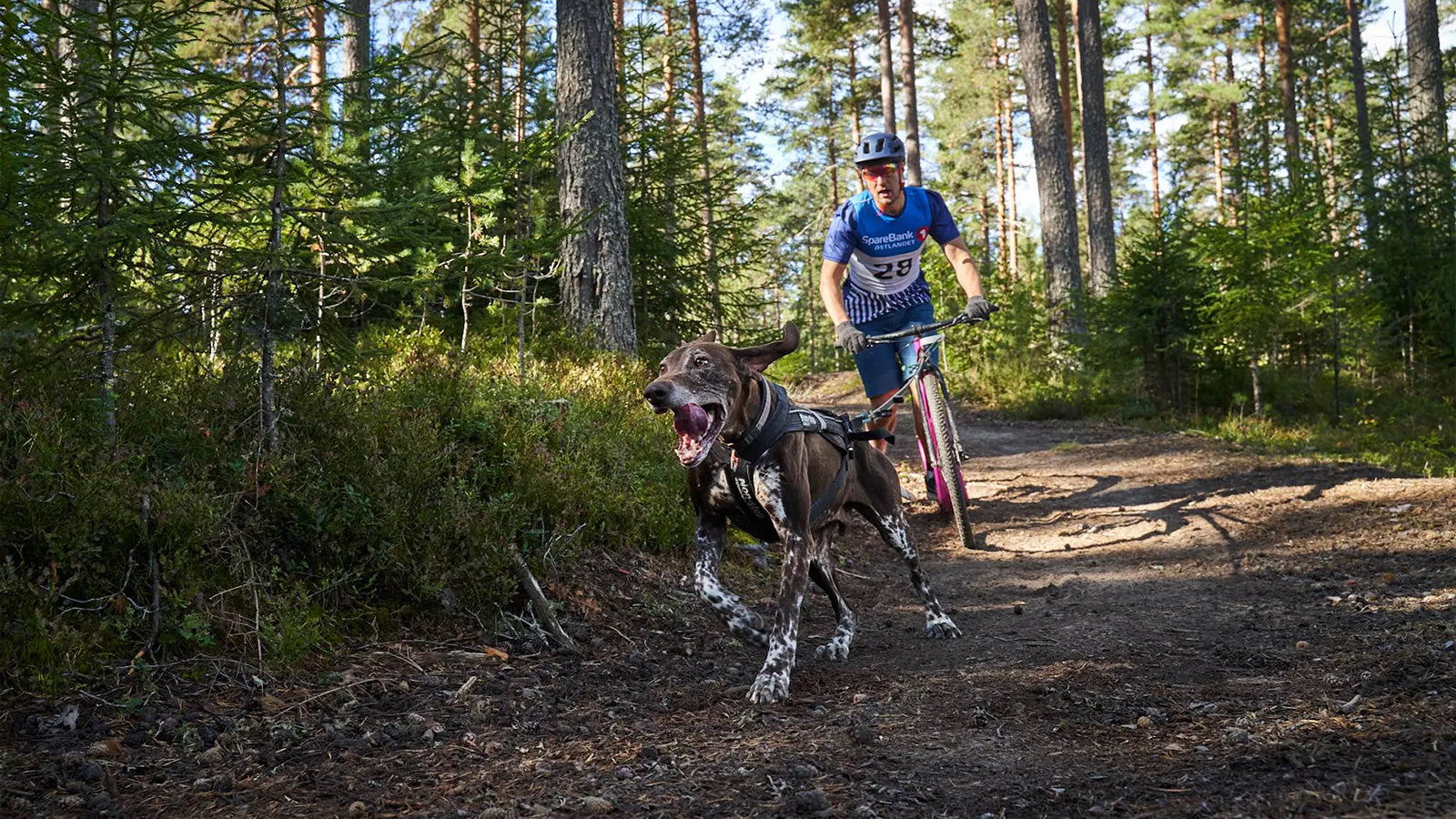
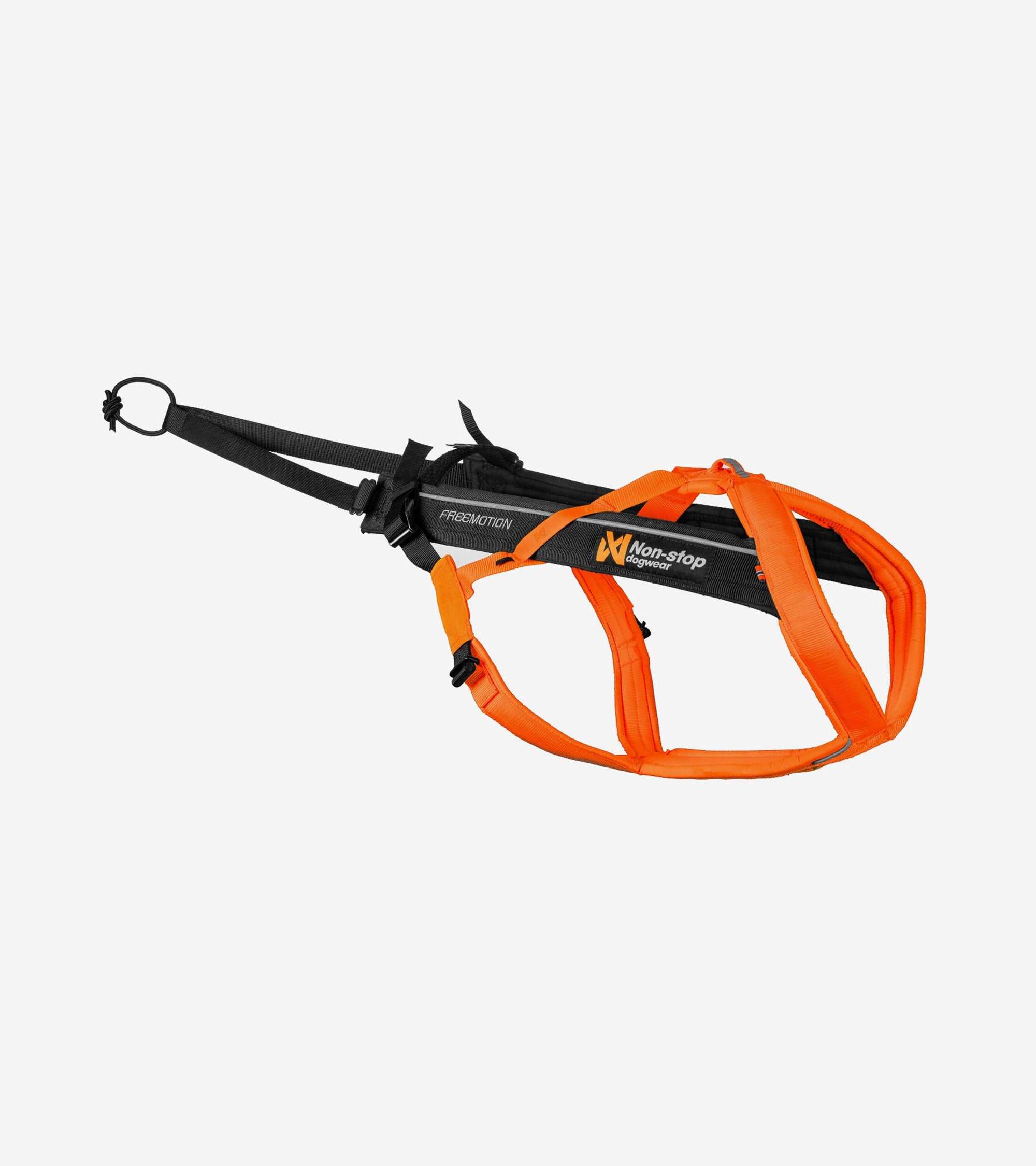
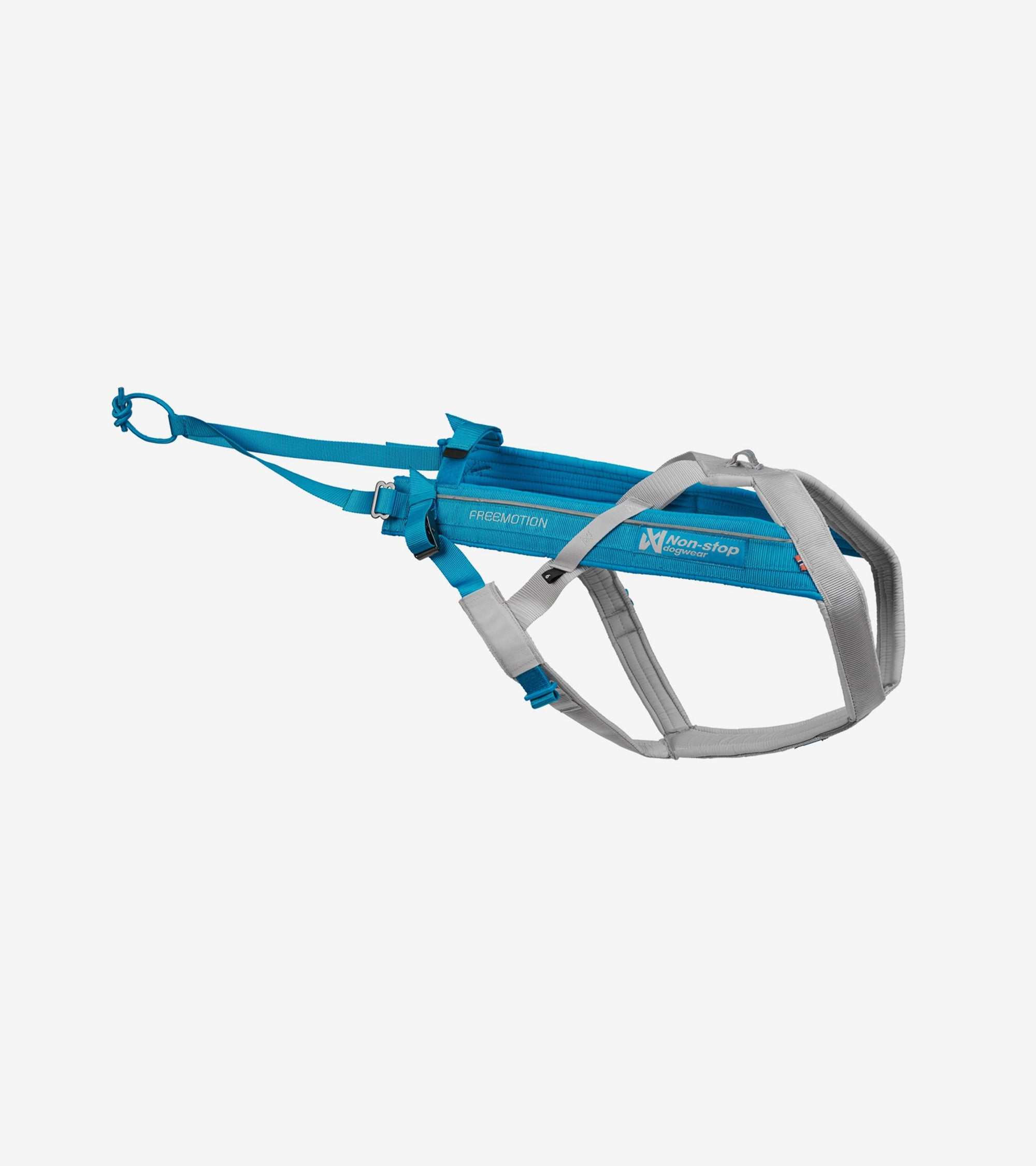
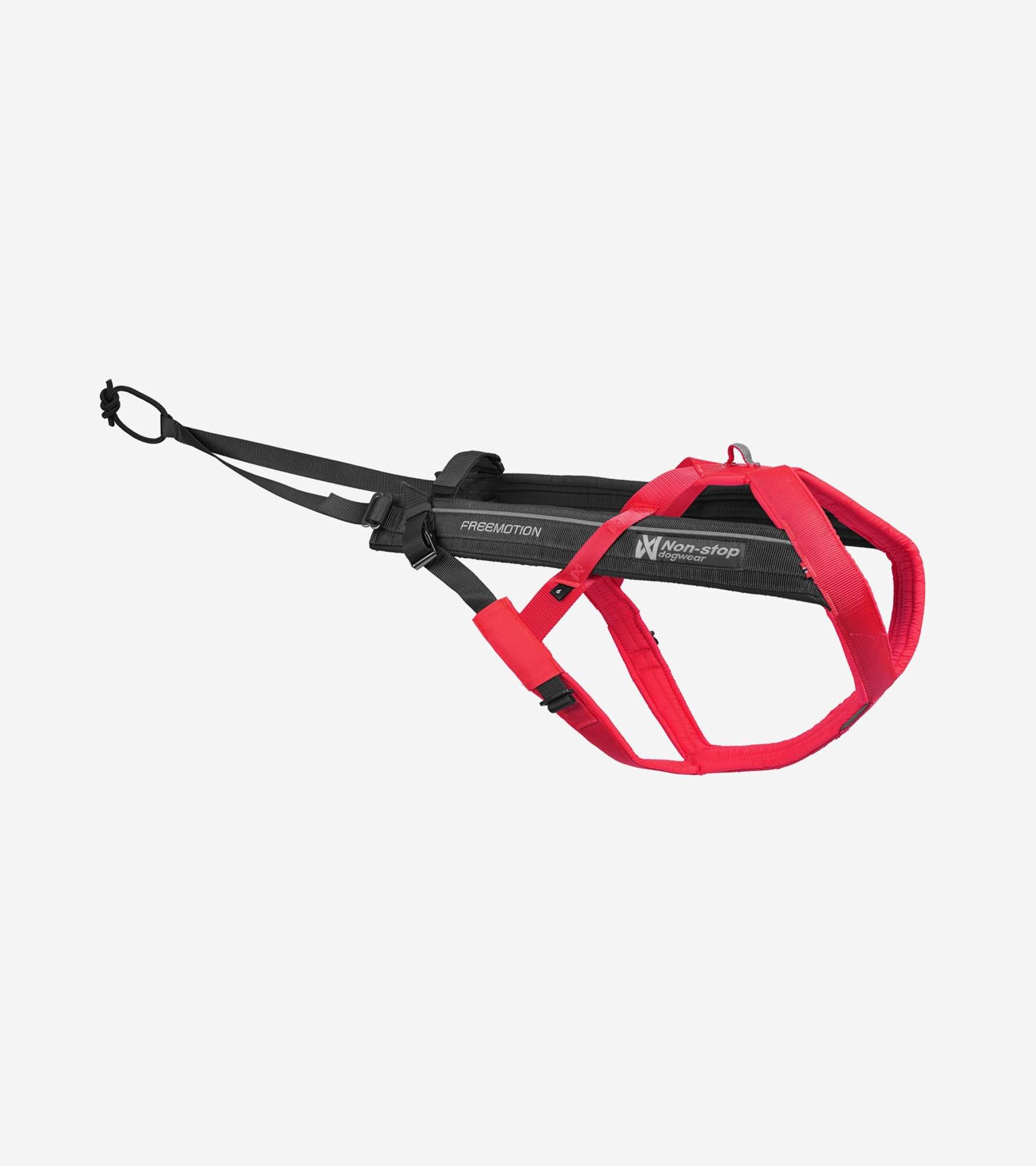
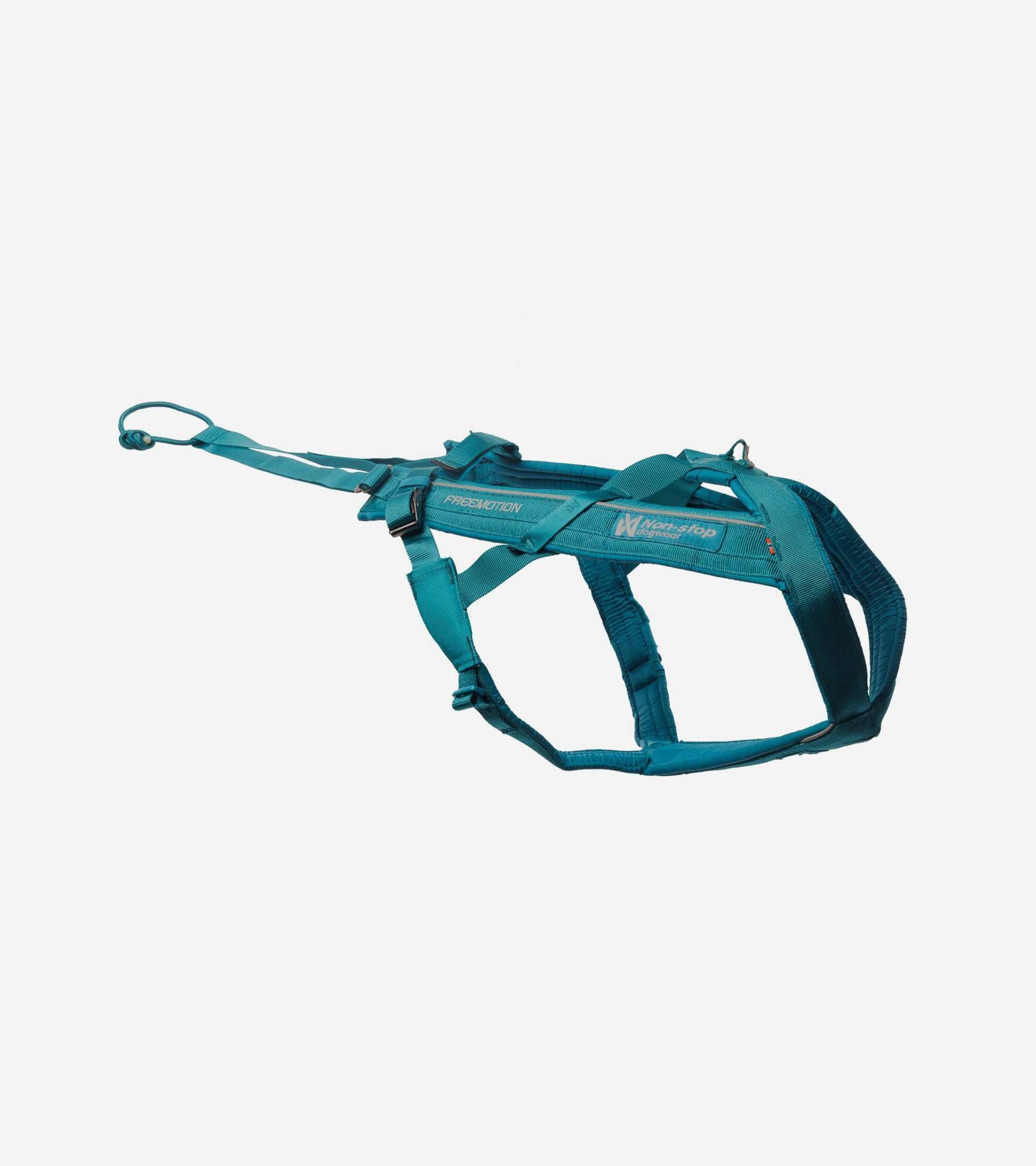
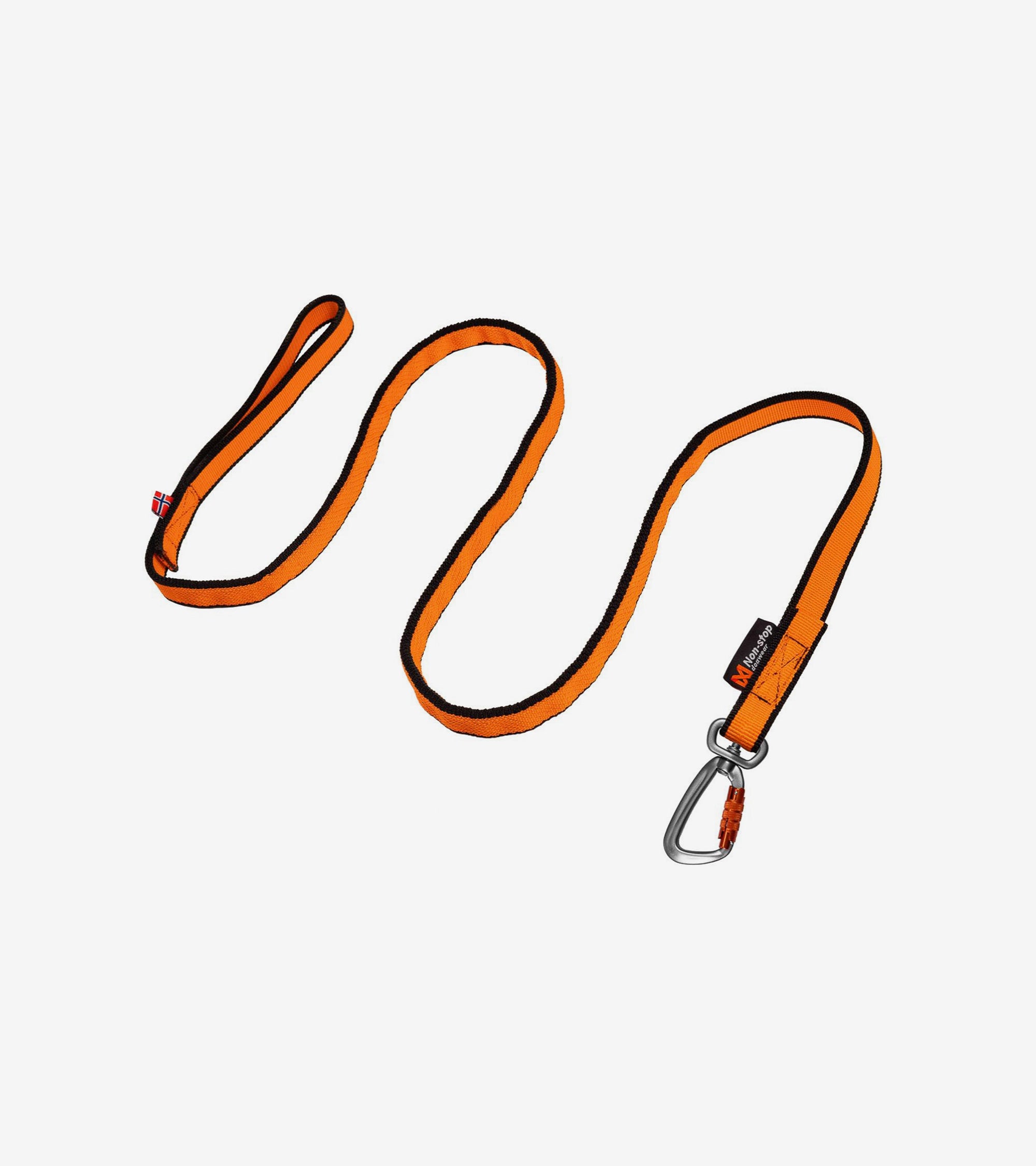

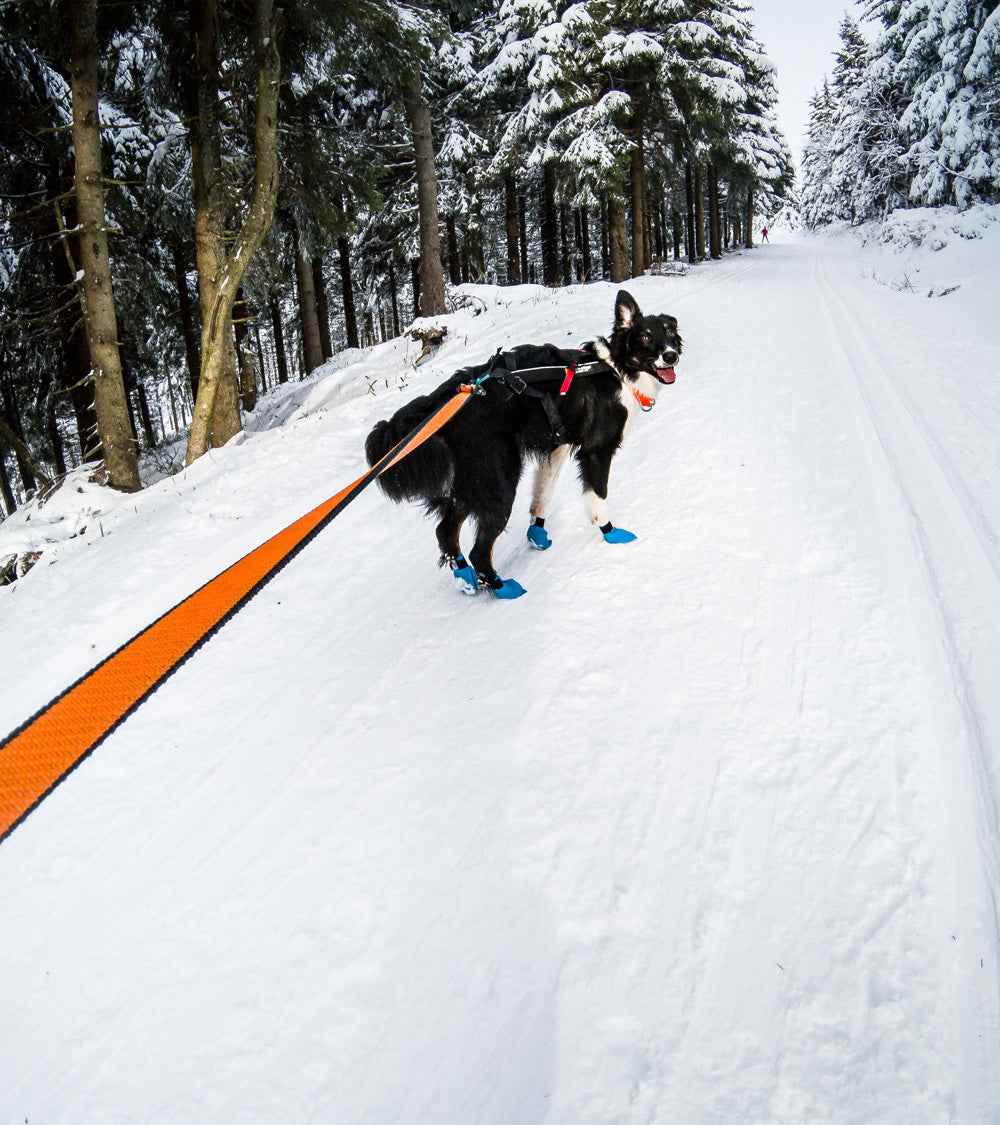
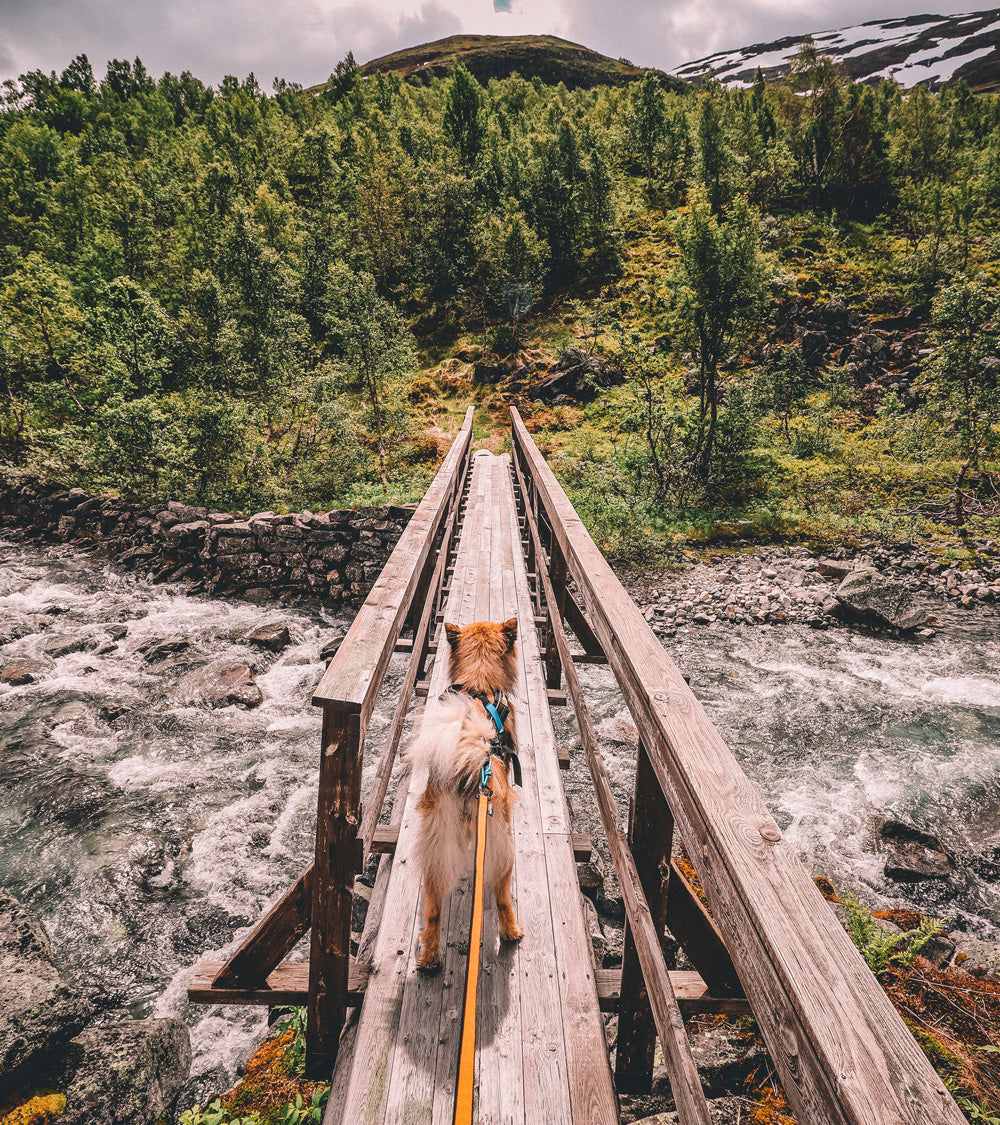
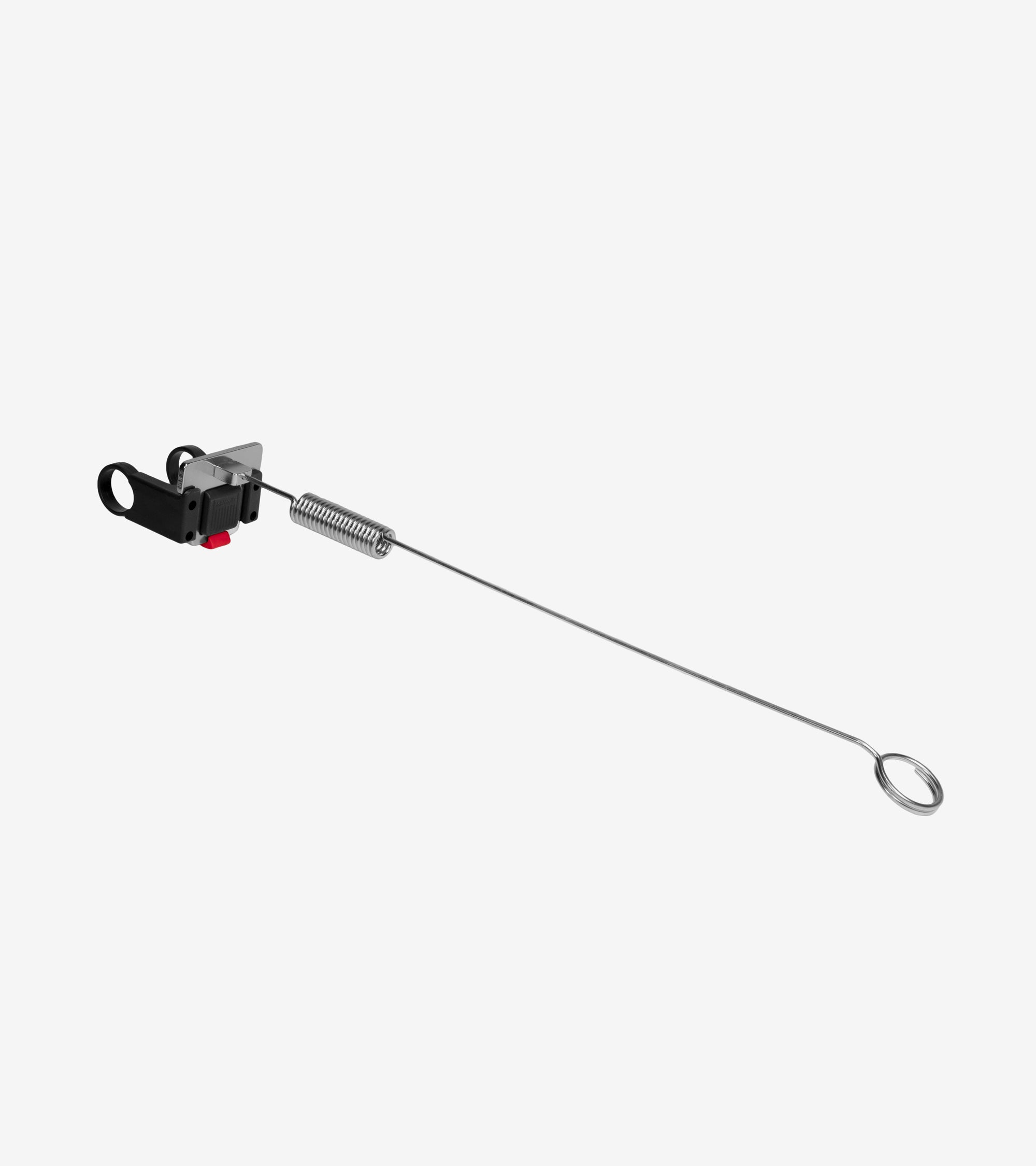
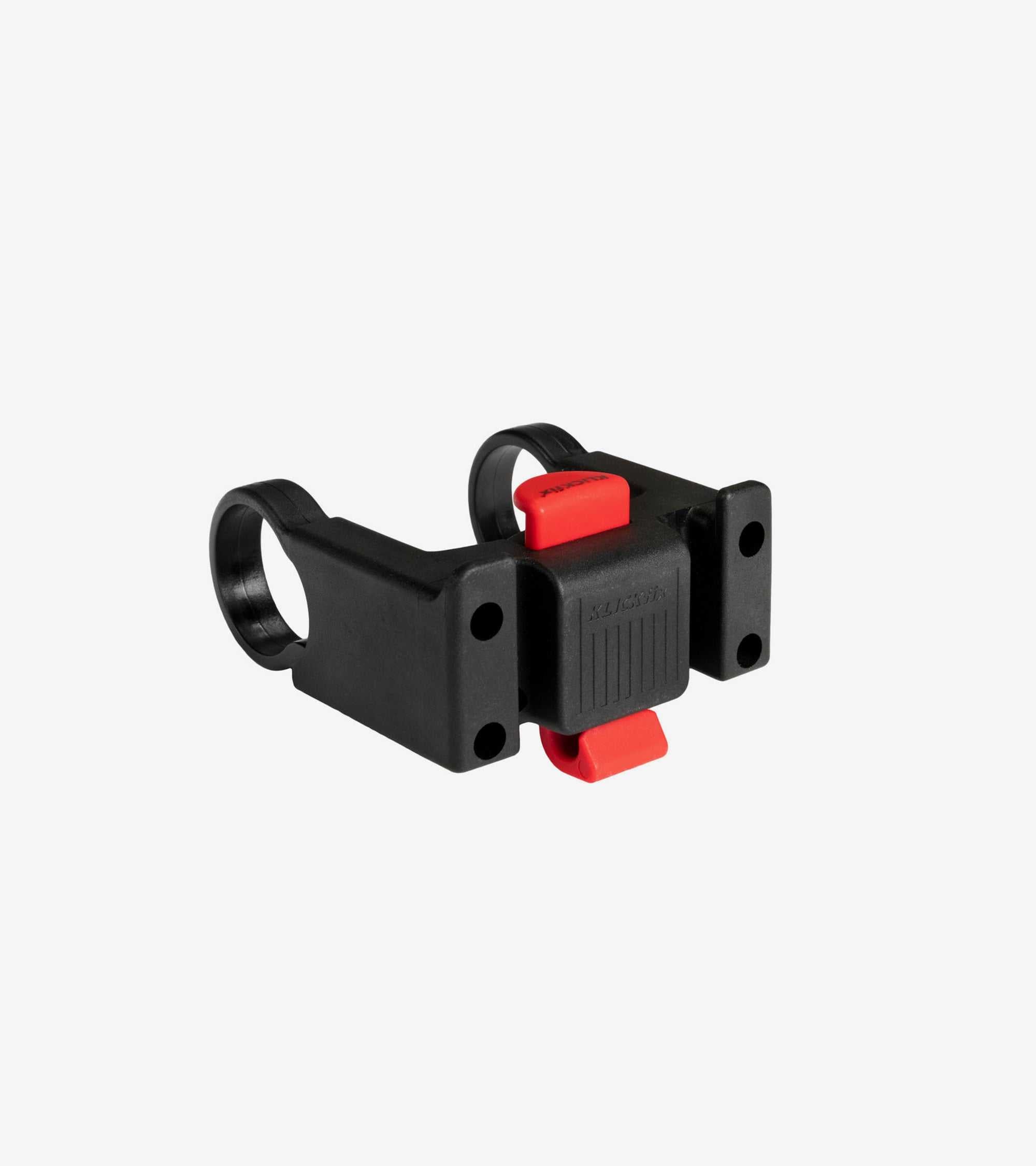
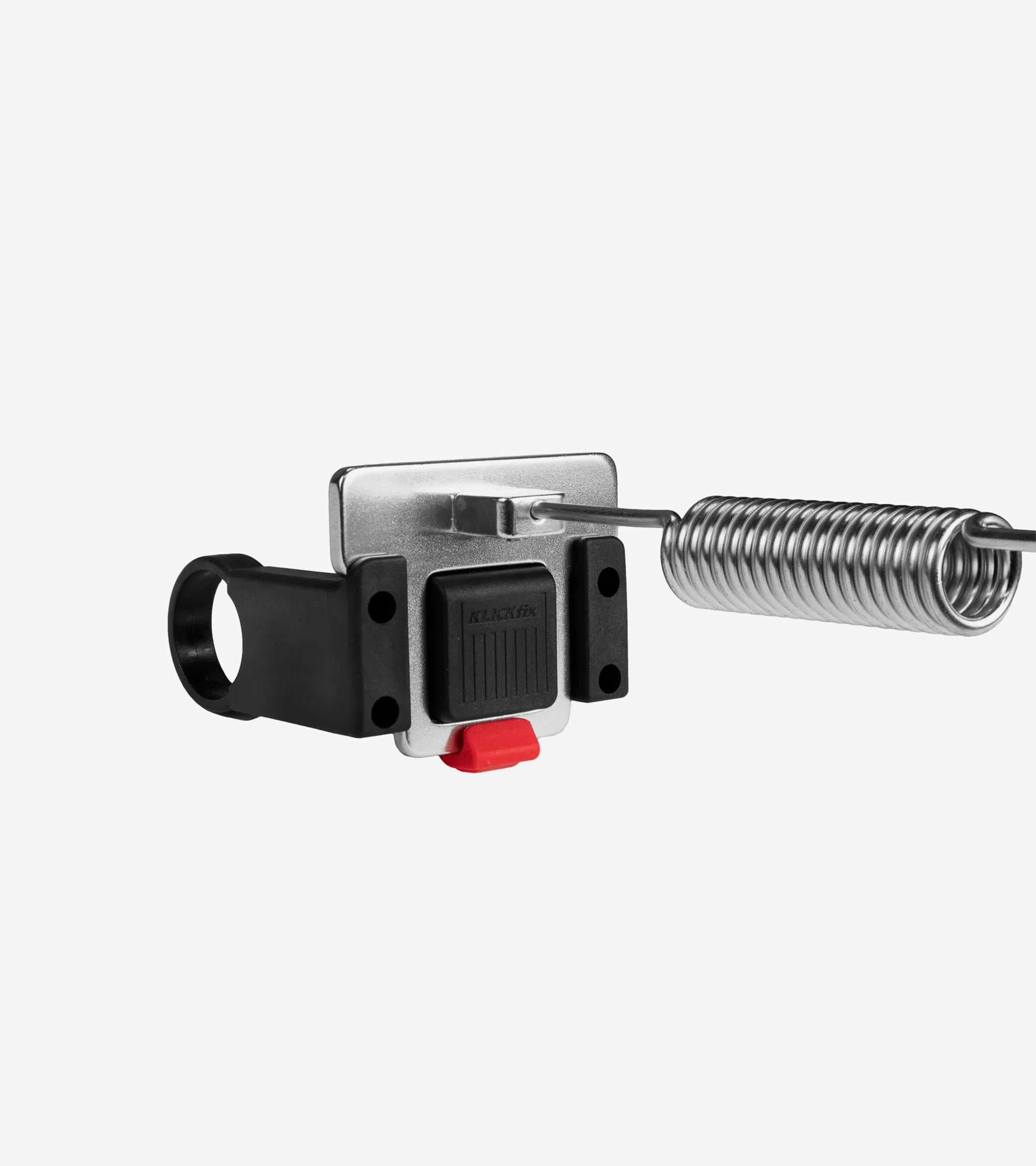



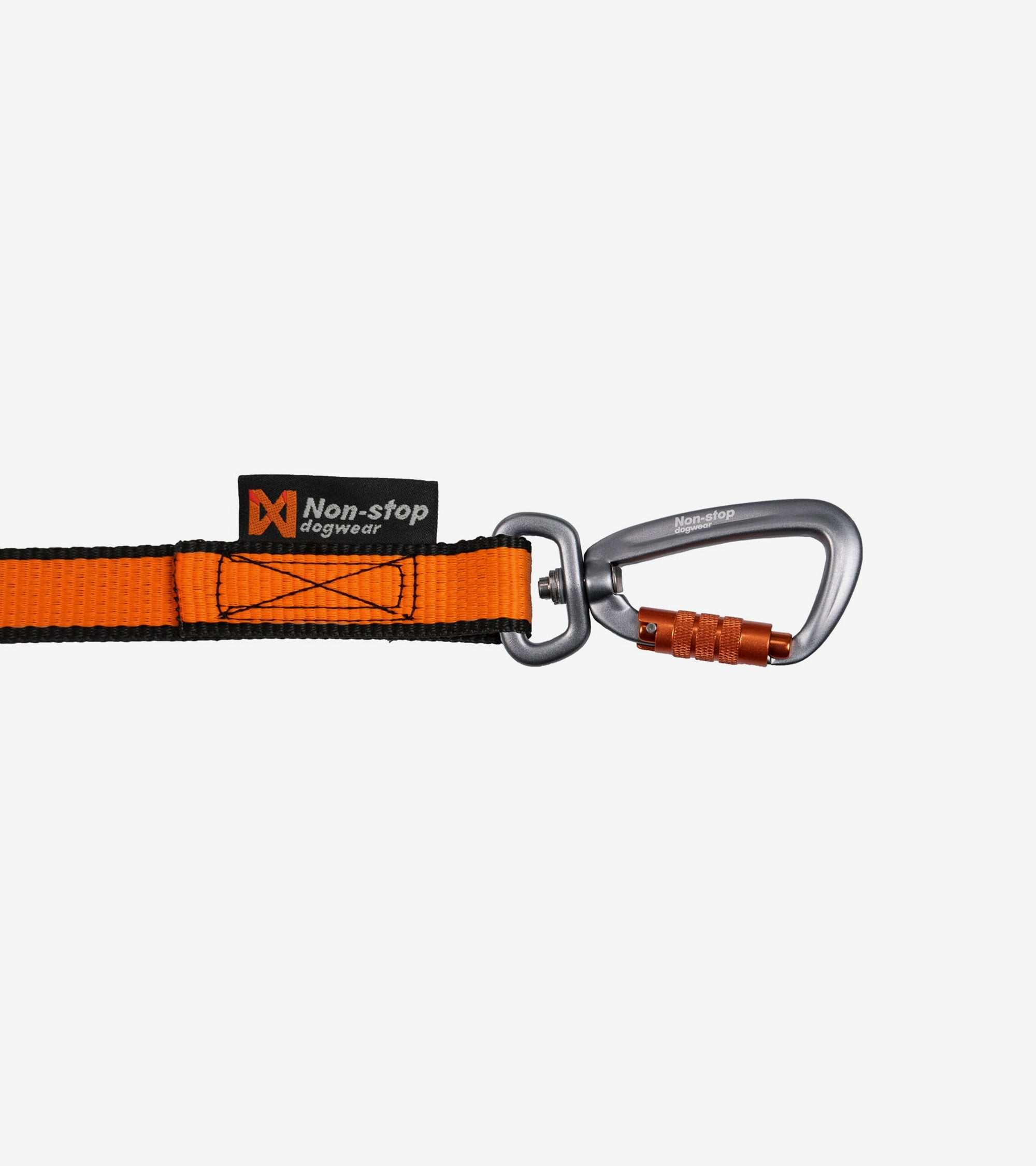
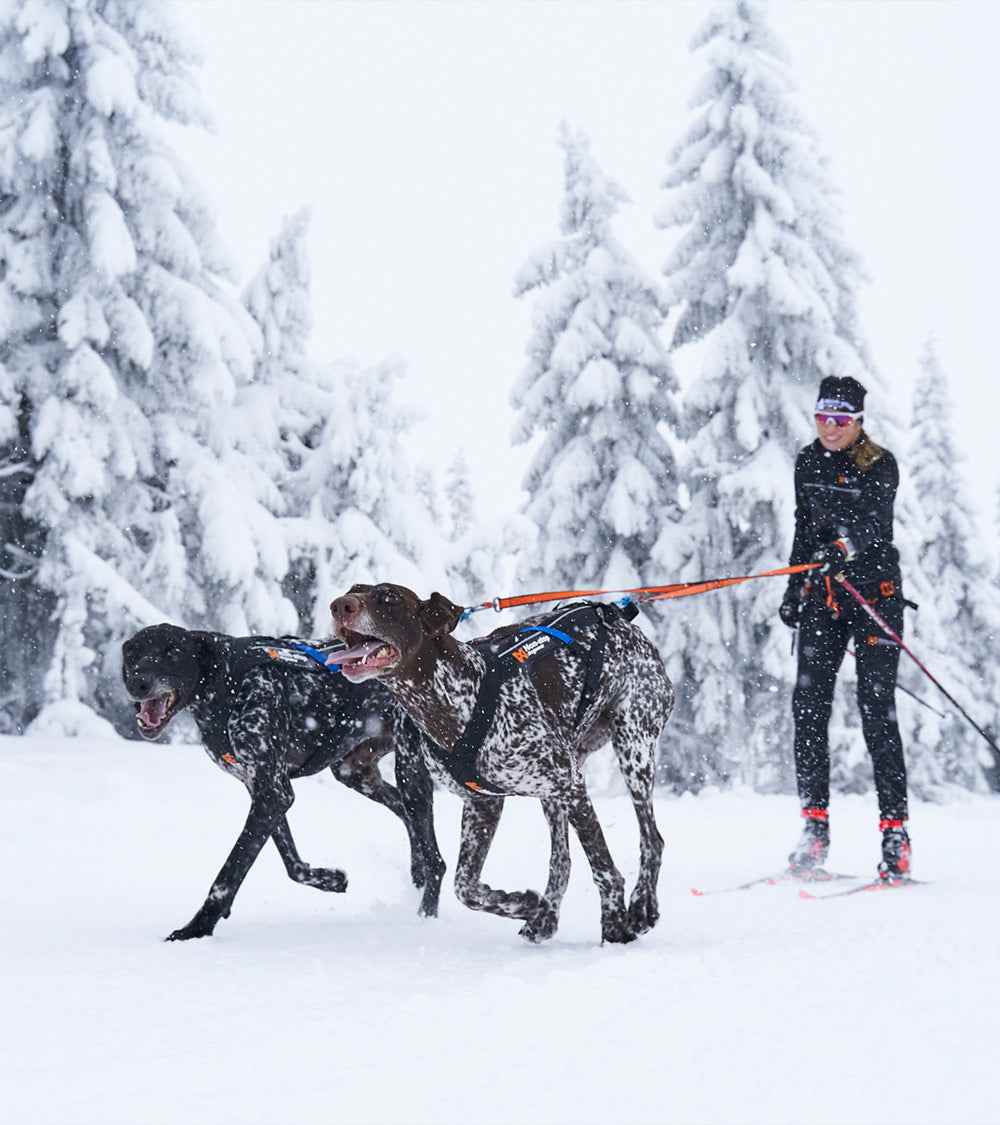

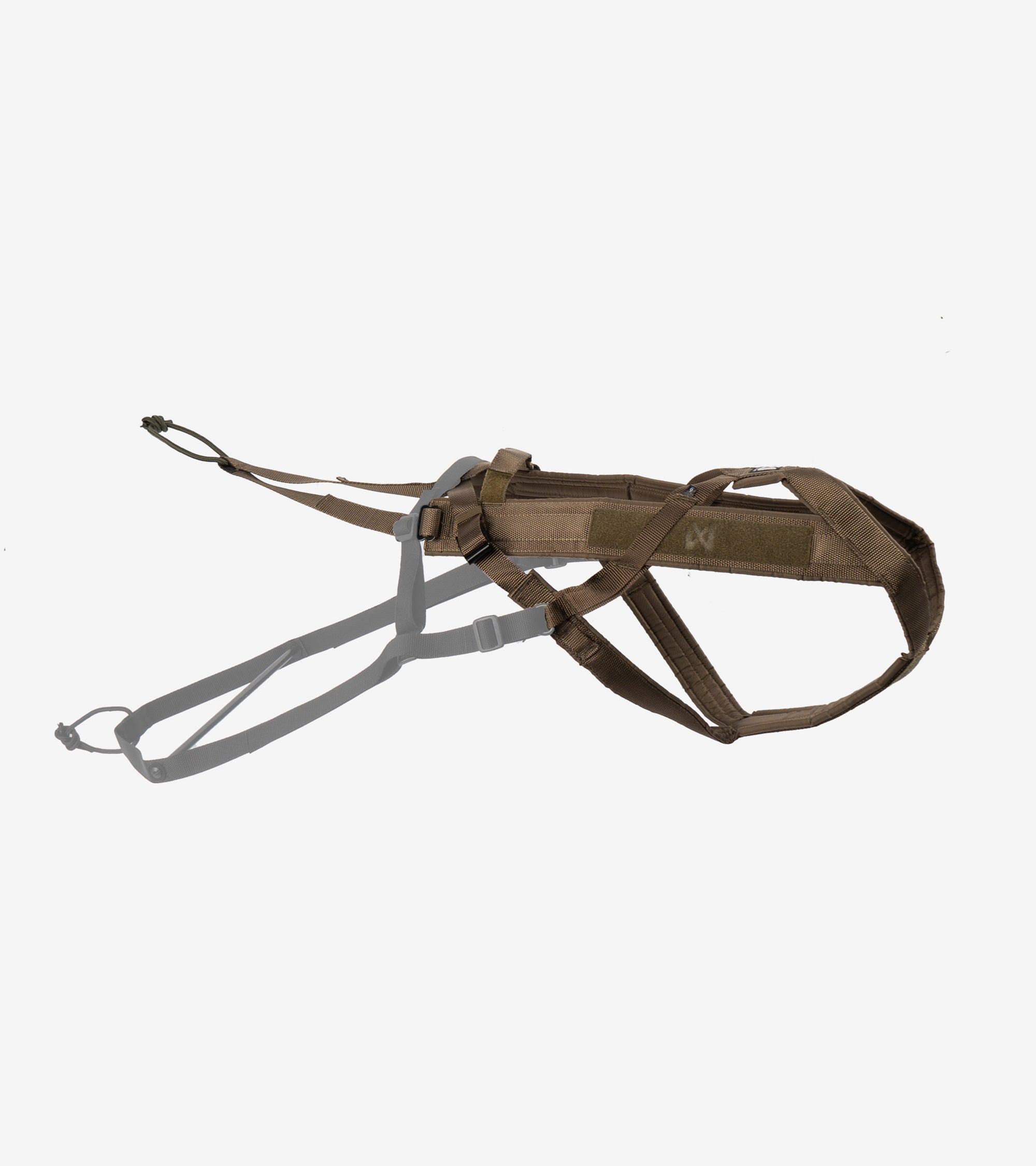
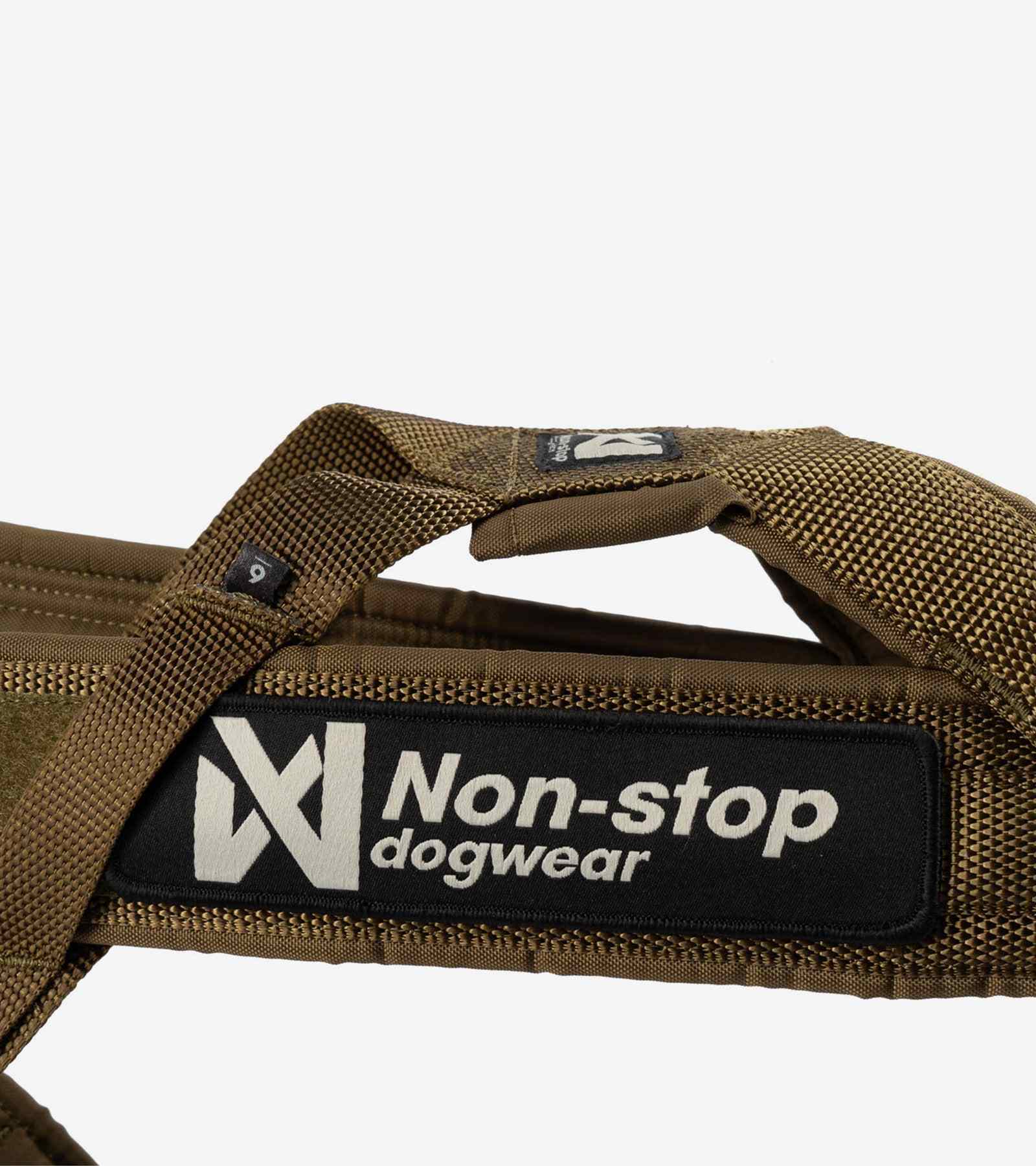


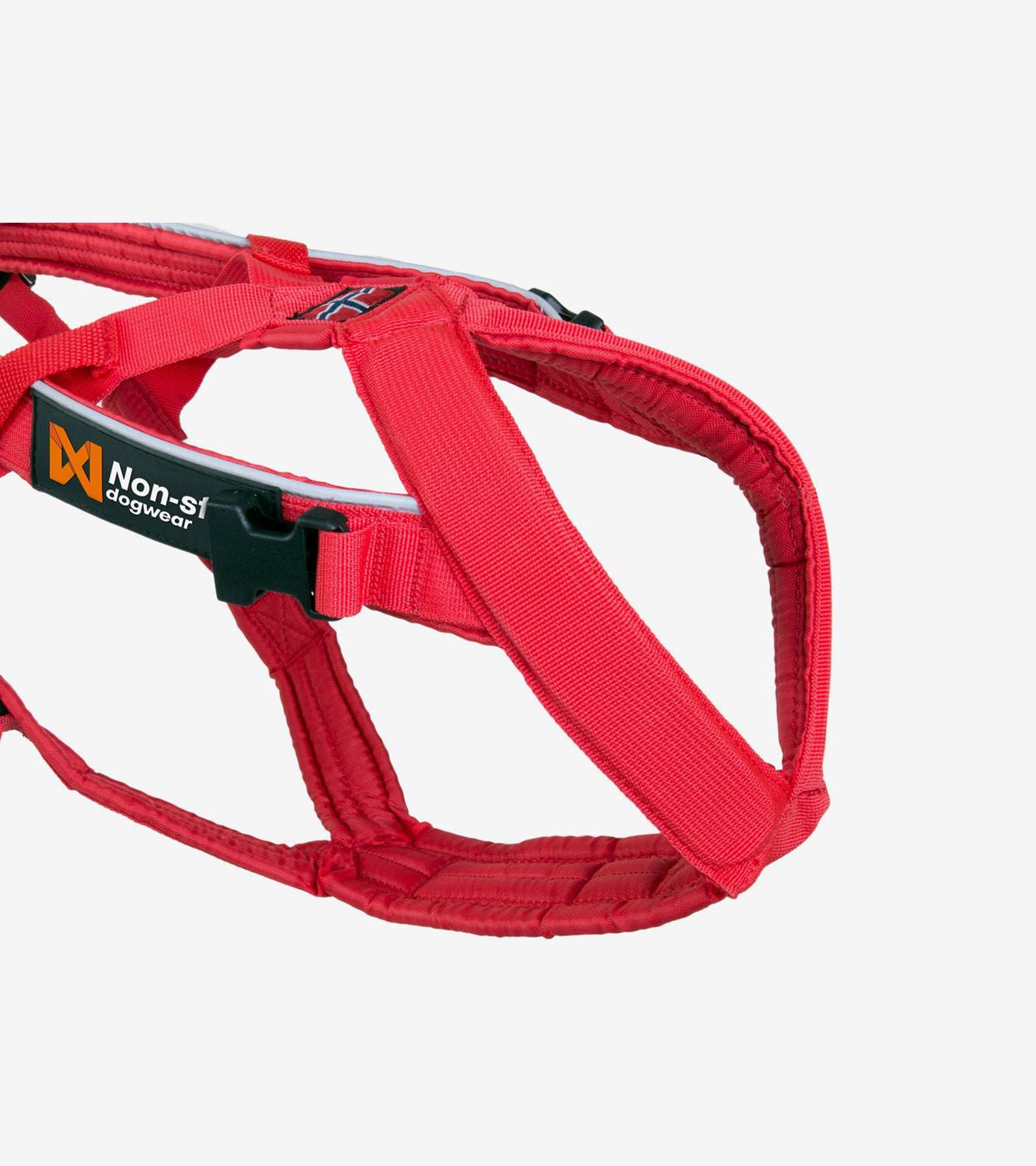
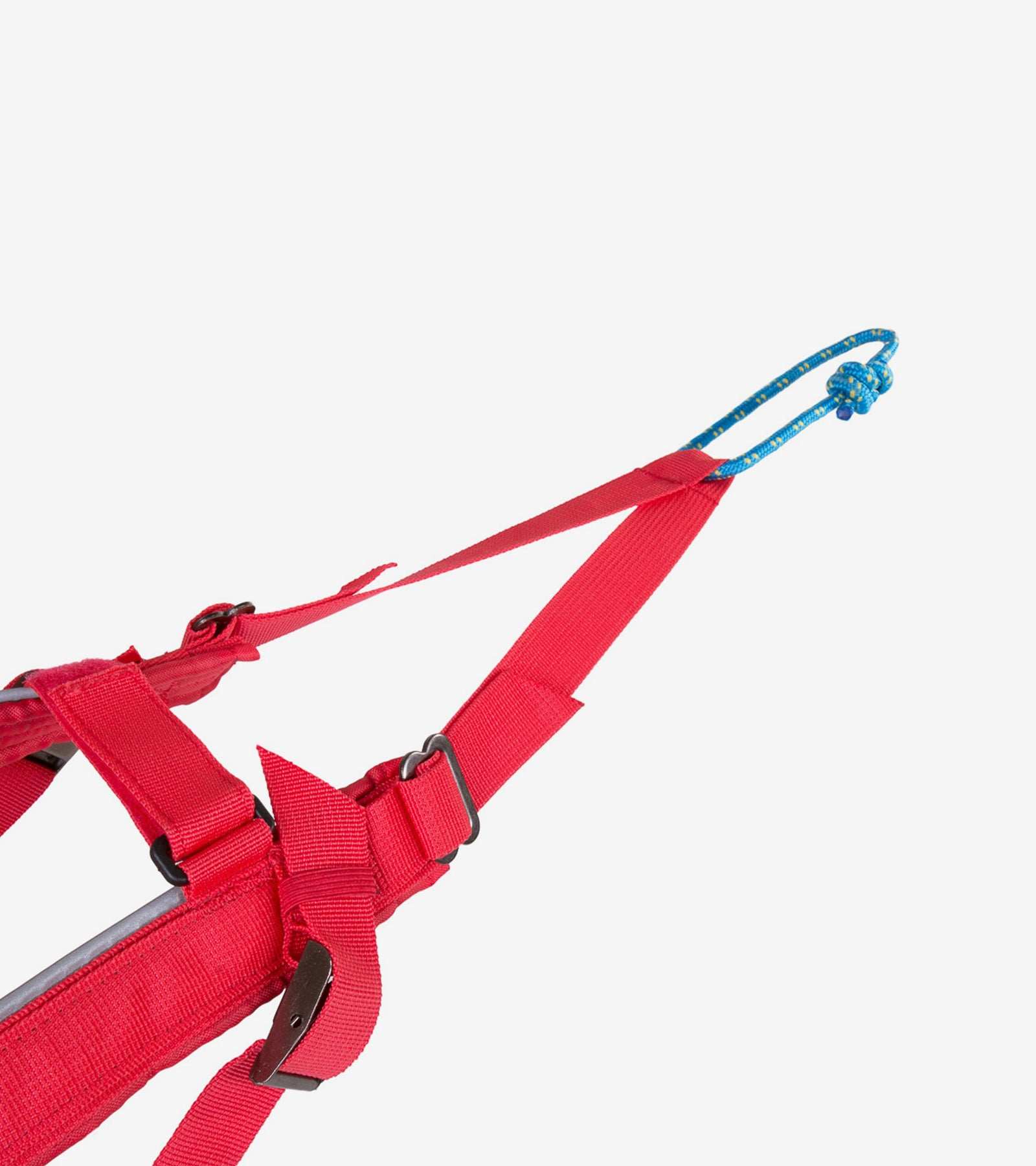
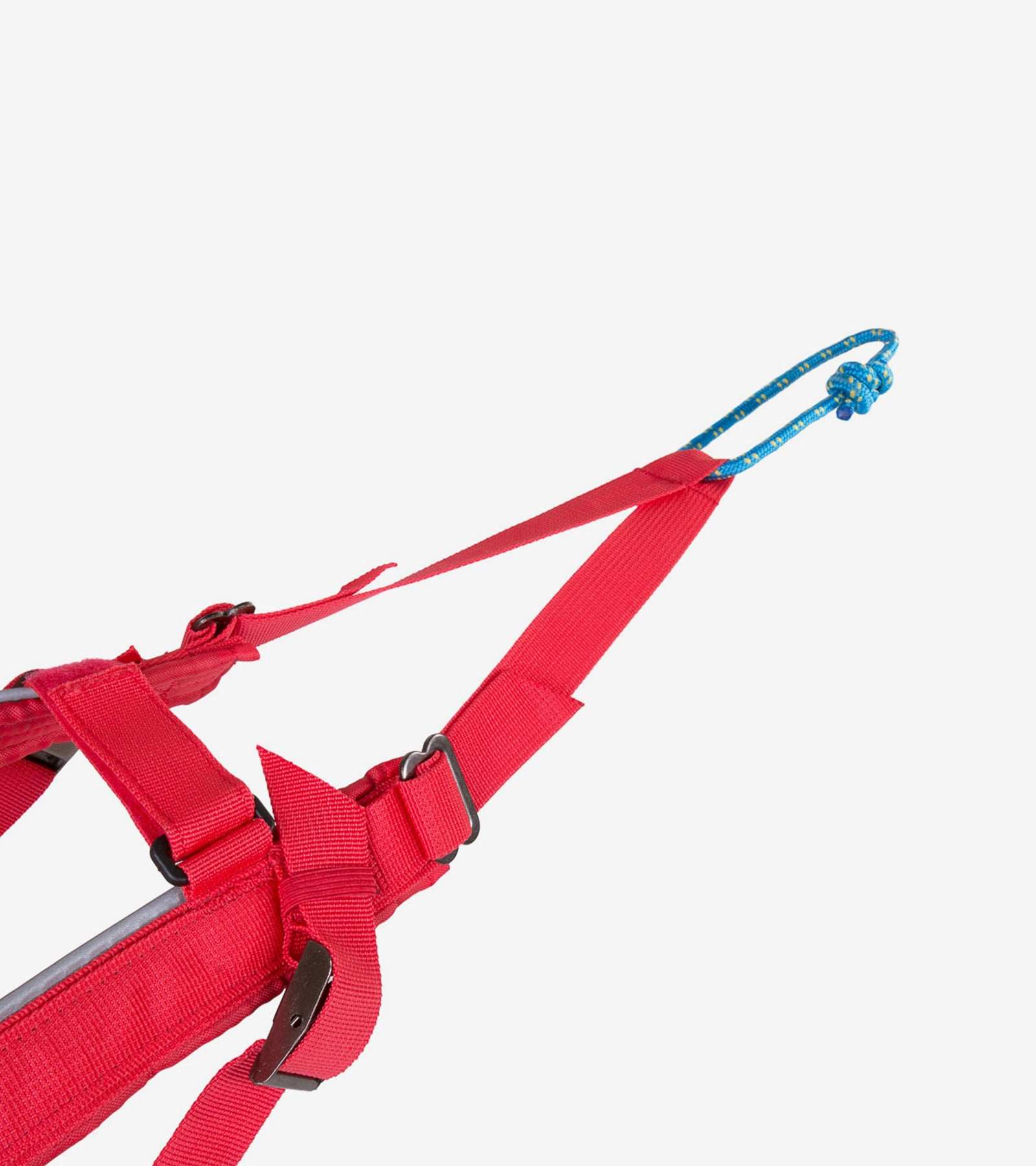
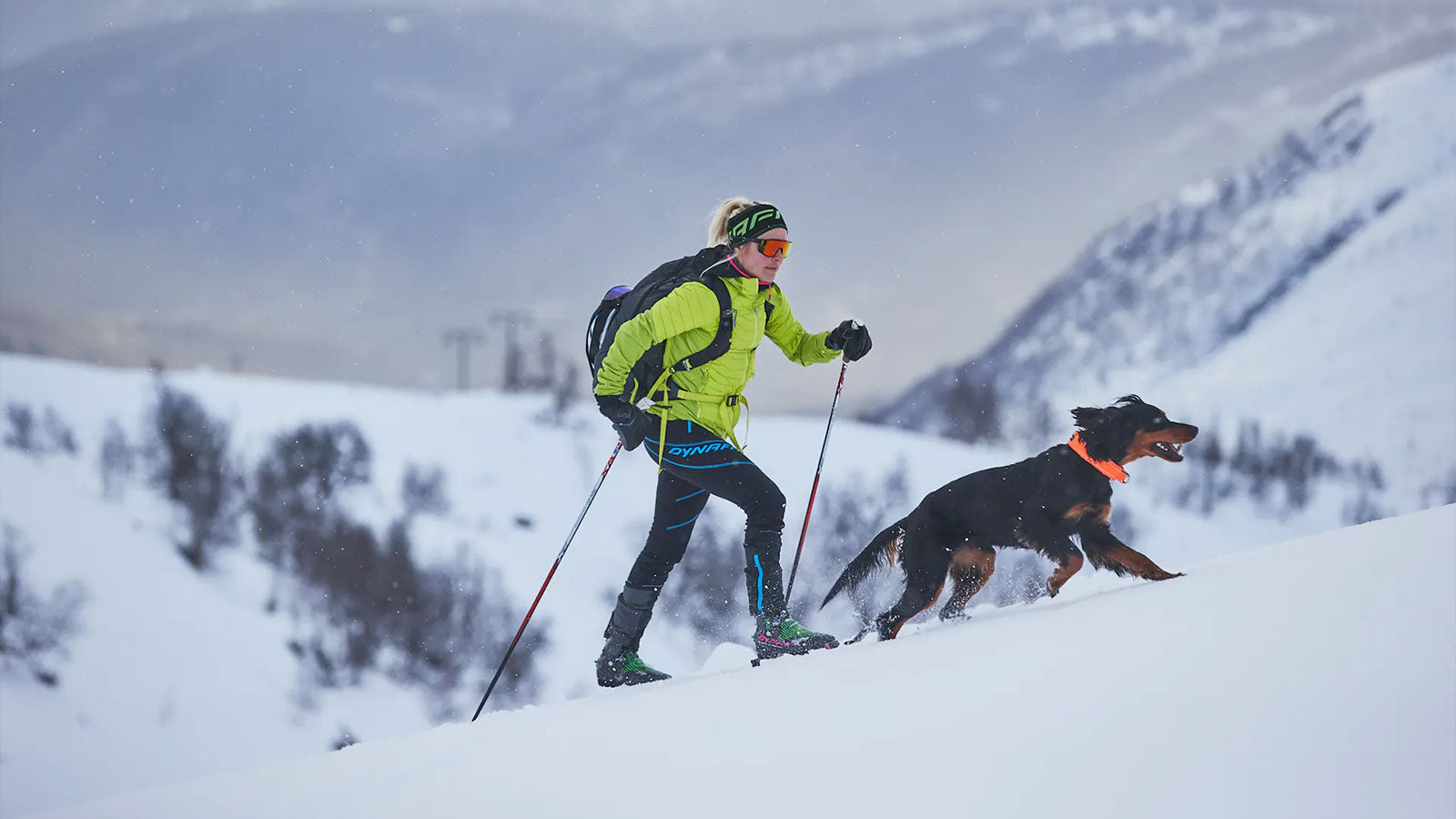
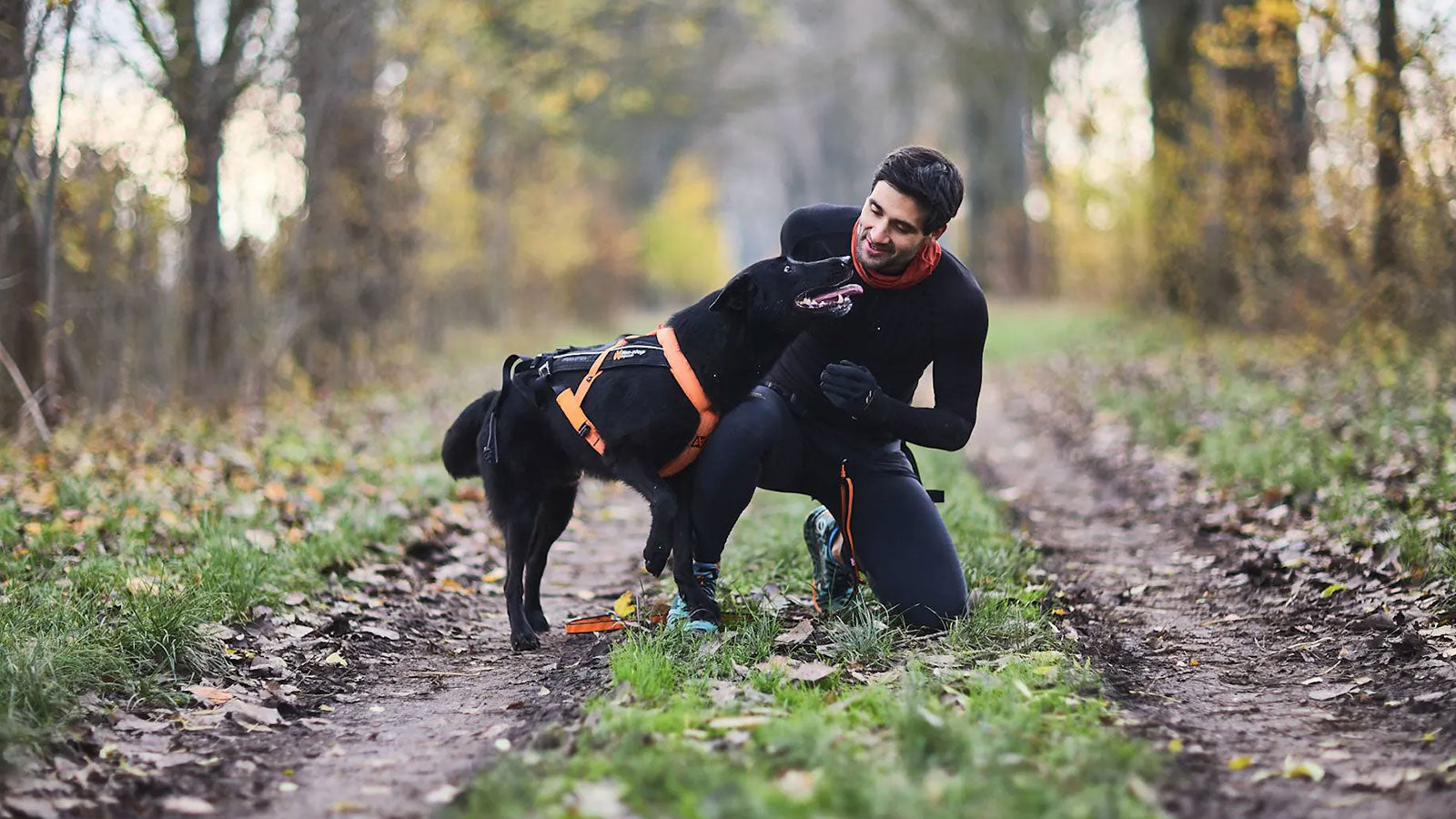
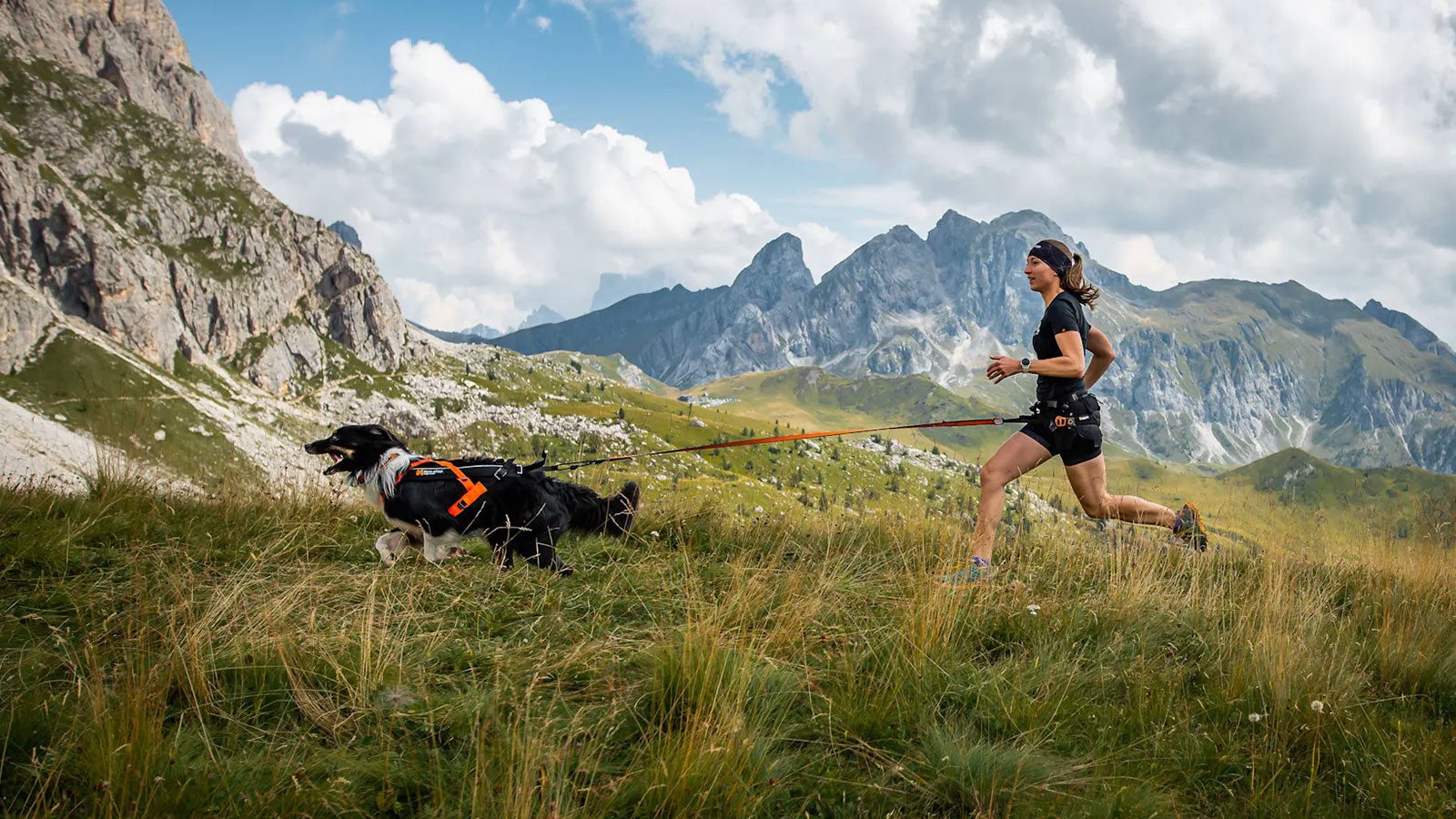
Κοινοποίηση:
Bikejoring Equipment – All you need to get started
What is Canicross?